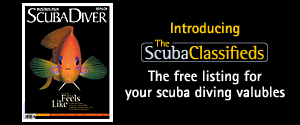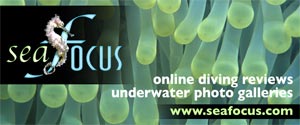- Home
- Directory
- Shop
- Underwater Cameras - Photographic Accessories
- Smartphone Housings
- Sea Scooters
- Hookah Dive Systems
- Underwater Metal Detectors
- Dive Gear
- Dive Accessories
- Diving DVD & Blu-Ray Discs
- Diving Books
- Underwater Drones
- Drones
- Subscriptions - Magazines
- Protective Cases
- Corrective Lenses
- Dive Wear
- Underwater Membership
- Assistive Technology - NDIS
- On Sale
- Underwater Gift Cards
- Underwater Art
- Power Stations
- Underwater Bargain Bin
- Brands
- 10bar
- AirBuddy
- Akona
- AOI
- Apollo
- AquaTech
- Atomic Aquatics
- aunoc
- AxisGo
- Backscatter Underwater Video and Photo
- BLU3
- Buddy-Watcher
- Cayago
- Chasing
- Cinebags
- Contour
- Deepblue
- Devilite
- Digipower
- DJI
- Dyron
- Edge Smart Drive
- Eneloop
- Energizer
- Exotech Innovations
- Fantasea
- FiiK Elektric Skateboards
- Garmin
- Geneinno
- GoPro
- Hagul
- Hoverstar
- Hydro Sapiens
- Hydrotac
- Ikelite
- Indigo Industries
- Inon
- Insta360
- Intova
- Isotta Housings
- Jobe
- JOBY
- Kraken Sports
- LEFEET
- Marelux
- Mirage Dive
- Nautica Seascooters
- Nautilus Lifeline
- NautiSmart
- Nocturnal Lights
- Nokta Makro
- Ocean Guardian
- Oceanic
- Olympus
- OM System
- Overboard
- Paralenz
- PowerDive
- QYSEA
- Ratio Dive Computers
- Scubajet
- Scubalamp
- Sea & Sea
- SeaDoo Seascooter
- SeaLife
- Seashell
- Seavu
- Shark Shield
- Sherwood Scuba
- Spare Air
- StickTite
- StormCase
- Sublue
- Suunto
- SwellPro
- T-HOUSING
- Tusa
- U.N Photographics
- Venture Heat
- XTAR
- Yamaha Seascooter
- Youcan Robot
- Zcifi
The Taste of The Cocos (Keeling) Islands
Contributed by Blaze
 For
many, this question still arises: "Where the heck is the Cocos (Keeling) Islands?"
and more than likely they proceed to look for Cocos in the Pacific Ocean. WRONG!
Now I have to confess, I was one of those geographically challenged people.
After grabbing the ever trusty and very dusty atlas that had been deep buried
since school days and after much searching, I found this tiny speck in the middle
of the Indian Ocean
For
many, this question still arises: "Where the heck is the Cocos (Keeling) Islands?"
and more than likely they proceed to look for Cocos in the Pacific Ocean. WRONG!
Now I have to confess, I was one of those geographically challenged people.
After grabbing the ever trusty and very dusty atlas that had been deep buried
since school days and after much searching, I found this tiny speck in the middle
of the Indian Ocean
 Still
not sure where it is? Well, draw a line from Perth in Western Australia to Sri
Lanka and then a horizontal line from Darwin and where the two lines meet is
approximately where this tiny horseshoe shaped atoll is located. By the way,
Charles Darwin visited the Cocos (Keeling) Islands in 1836 aboard the HMS Beagle
and it was during this visit that he developed his theory of atoll formation.
He spent some time exploring the southern atoll and also visited northern atoll
some 24km further away. In his publication on coral reefs in 1842, he was the
first to propose the theory of reef formation and evolution, building on his
discovery of coralline fossils in inland areas and in mountains earlier in the
journey and his visit to the islands. That theory, which is still held as valid,
explains the dynamics of the three principal categories of coral formation.
Still
not sure where it is? Well, draw a line from Perth in Western Australia to Sri
Lanka and then a horizontal line from Darwin and where the two lines meet is
approximately where this tiny horseshoe shaped atoll is located. By the way,
Charles Darwin visited the Cocos (Keeling) Islands in 1836 aboard the HMS Beagle
and it was during this visit that he developed his theory of atoll formation.
He spent some time exploring the southern atoll and also visited northern atoll
some 24km further away. In his publication on coral reefs in 1842, he was the
first to propose the theory of reef formation and evolution, building on his
discovery of coralline fossils in inland areas and in mountains earlier in the
journey and his visit to the islands. That theory, which is still held as valid,
explains the dynamics of the three principal categories of coral formation.
 Before
moving to Cocos I was a non-diver so after a few months of being land-locked
it became obvious that I really needed to learn to dive. That was nearly 7 years
ago. My open water sessions were conducted in pool-like conditions at Direction
Island, one of the most beautiful islands in the atoll. Here, whilst taking
my first fin strokes and learning to trust the reg, endless schools of small
fish came in close to investigate this clumsy noisy bubble blowing human. My
first 18 metre dive was conducted at the Cabbage Patch and this is the first
"taste of Cocos" I am going to share.
Before
moving to Cocos I was a non-diver so after a few months of being land-locked
it became obvious that I really needed to learn to dive. That was nearly 7 years
ago. My open water sessions were conducted in pool-like conditions at Direction
Island, one of the most beautiful islands in the atoll. Here, whilst taking
my first fin strokes and learning to trust the reg, endless schools of small
fish came in close to investigate this clumsy noisy bubble blowing human. My
first 18 metre dive was conducted at the Cabbage Patch and this is the first
"taste of Cocos" I am going to share.
 The
Cabbage Patch is one of my favourite dives and I suppose, as it was my first
experience seeing the extraordinary colours the underwater has it remains etched
for life. Huge stands of pristine golden and green Turbinaria reniformis
– Cabbage or Salad corals adorn the steep drop-off. It covers an area
well over 500 metres square and is home to a myriad of fish life. Thousands
of Goldenback Anthias (Pseudoanthias evansi) and
The
Cabbage Patch is one of my favourite dives and I suppose, as it was my first
experience seeing the extraordinary colours the underwater has it remains etched
for life. Huge stands of pristine golden and green Turbinaria reniformis
– Cabbage or Salad corals adorn the steep drop-off. It covers an area
well over 500 metres square and is home to a myriad of fish life. Thousands
of Goldenback Anthias (Pseudoanthias evansi) and  Ternate
Chromis (Chromis ternatensis) use the leafy formation of this hard
coral as their refuge. When the sunlight hits the anthias and the cabbage coral
it literally glows golden and with a blue water background, it really is an
unbelievable sight. The corals end around a depth of 18 metres. From they're
the scenery changes to a rocky substrate before ending on a pure white sandy
beach adorned with red whip corals. Indian Ocean Bannerfish and Golden Damselfish
appear to have claimed these whips as their piece of paradise. Travelling slowly
along the slope the coral comes to an end and opens up to a lovely white sandy
chute, home to hundreds of curious and shy Spotted Garden Eels (Heteroconger
hassi). Great to watch – hard to photograph successfully. Whitetip
Reef sharks are often found sleeping on the sand – now these are great
to capture digitally as they tend to allow you a close encounter before slowly
moving off.
Ternate
Chromis (Chromis ternatensis) use the leafy formation of this hard
coral as their refuge. When the sunlight hits the anthias and the cabbage coral
it literally glows golden and with a blue water background, it really is an
unbelievable sight. The corals end around a depth of 18 metres. From they're
the scenery changes to a rocky substrate before ending on a pure white sandy
beach adorned with red whip corals. Indian Ocean Bannerfish and Golden Damselfish
appear to have claimed these whips as their piece of paradise. Travelling slowly
along the slope the coral comes to an end and opens up to a lovely white sandy
chute, home to hundreds of curious and shy Spotted Garden Eels (Heteroconger
hassi). Great to watch – hard to photograph successfully. Whitetip
Reef sharks are often found sleeping on the sand – now these are great
to capture digitally as they tend to allow you a close encounter before slowly
moving off.
 Just
a little further along the corals change to another greenish hard coral, Porites
rus, a prostrate type of coral with fingerlike formations. Here I like to visit
a very friendly Golden Damselfish. This little guy has its eggs lined up on
an old strand of wire coral and is very photogenic and extremely co-operative
while he protectively guards his eggs. It's just one of the many fish friends
I like to check on regularly to see what has changed in the family.
Just
a little further along the corals change to another greenish hard coral, Porites
rus, a prostrate type of coral with fingerlike formations. Here I like to visit
a very friendly Golden Damselfish. This little guy has its eggs lined up on
an old strand of wire coral and is very photogenic and extremely co-operative
while he protectively guards his eggs. It's just one of the many fish friends
I like to check on regularly to see what has changed in the family.
Returning towards the boat at a shallower the full enormity of the Cabbage Patch
becomes apparent. It truly is a spectacular dive site with its most amazing
marine inhabitants.
 The
Ski Run – as the name suggests, it truly looks like a ski slope, falling
gently at first to get your confidence before it drops steeply into an endless
abyss. Another favourite and for the photographer, this is critter heaven. Here
you can spend weeks and never really see all of what is on offer. There are
bombies dotted here and there that have treasures of marine life that I am only
just beginning to discover. Dotted over the snow-like slopes the bombies are
covered in soft leather corals, porities, Lobophyllia and delicate sea ferns.
Within these bombies, with their many hidey-holes are Durban Dancing Shrimps
(Rhynchocinetes durbanensis), Yellow-margin Morays, Juvenile Emperor
Angelfish, nudibranchs and thousands of tiny glassfish just to name some of
the marine life. During my last dive our dive group discovered 3 different species
of tiny pipefish and an indescribable tiny see-through shrimp.
The
Ski Run – as the name suggests, it truly looks like a ski slope, falling
gently at first to get your confidence before it drops steeply into an endless
abyss. Another favourite and for the photographer, this is critter heaven. Here
you can spend weeks and never really see all of what is on offer. There are
bombies dotted here and there that have treasures of marine life that I am only
just beginning to discover. Dotted over the snow-like slopes the bombies are
covered in soft leather corals, porities, Lobophyllia and delicate sea ferns.
Within these bombies, with their many hidey-holes are Durban Dancing Shrimps
(Rhynchocinetes durbanensis), Yellow-margin Morays, Juvenile Emperor
Angelfish, nudibranchs and thousands of tiny glassfish just to name some of
the marine life. During my last dive our dive group discovered 3 different species
of tiny pipefish and an indescribable tiny see-through shrimp.
Each time I go to the Ski Run I rarely fail to see octopus and usually it's not just one, but several. They are amazing to watch particularly when hunting with the scavenger mates, the Bluefin Trevally or Goatfish. I can spend hours with these guys (and sometimes my entire dive is with the occy's). Once they realise you aren't going to interfere, they happily allow you to accompany them on their hunt.

 But,
I must move on from the shallows. If you are a deep dive junky, then the Ski
Run can cater for you as well. Heading down the kiddies slope it drops sharply
into a steep canyon with beautiful healthy stands of Gorgonian Fans and Whip
Corals adorning its sides. And it is here at around 35 metres (and sometimes
deeper) a very unique angelfish is found, the Ornate Angelfish (Genacanthus
bellus). Rarely seen, let alone photographed, these gorgeous fish have
the most tenacious character, swimming towards you most defiantly before taking
cover under one of the ledges. I have only seen the females and can only assume
the males are around somewhere. However the female's unusual markings and colouration
is most beautiful.
But,
I must move on from the shallows. If you are a deep dive junky, then the Ski
Run can cater for you as well. Heading down the kiddies slope it drops sharply
into a steep canyon with beautiful healthy stands of Gorgonian Fans and Whip
Corals adorning its sides. And it is here at around 35 metres (and sometimes
deeper) a very unique angelfish is found, the Ornate Angelfish (Genacanthus
bellus). Rarely seen, let alone photographed, these gorgeous fish have
the most tenacious character, swimming towards you most defiantly before taking
cover under one of the ledges. I have only seen the females and can only assume
the males are around somewhere. However the female's unusual markings and colouration
is most beautiful.
 Obviously
at these depths, bottom time runs out pretty quickly, however as most of the
smaller bombies and their hidden treasures are at 10 metres and shallower, you
can spend heaps of time off gassing whilst exploring.
Obviously
at these depths, bottom time runs out pretty quickly, however as most of the
smaller bombies and their hidden treasures are at 10 metres and shallower, you
can spend heaps of time off gassing whilst exploring.
The Cabbage Patch and Ski Run are just a miniscule taste of diving on the Cocos (Keeling) Islands. There are over 30 regularly dived sites and hundreds more to discover. I haven't even mentioned the mantas, sharks, dolphins, turtles, tuna and barracuda that are regularly seen, or the unusual and gentle dugong, Kat, who made Cocos his home some 4 years ago. The diving is extremely diverse and caters to the majority of divers, whatever their interest.
Crowds are not an issue as Cocos Dive is the only dive operator. Between their two vessels, Putri Laut and Sayap Kecil, the maximum number of divers they cater to is sixteen, with preferred numbers from four to ten.
For more information contact:
Dieter Gerhard at Cocos Dive
Shopfront
-
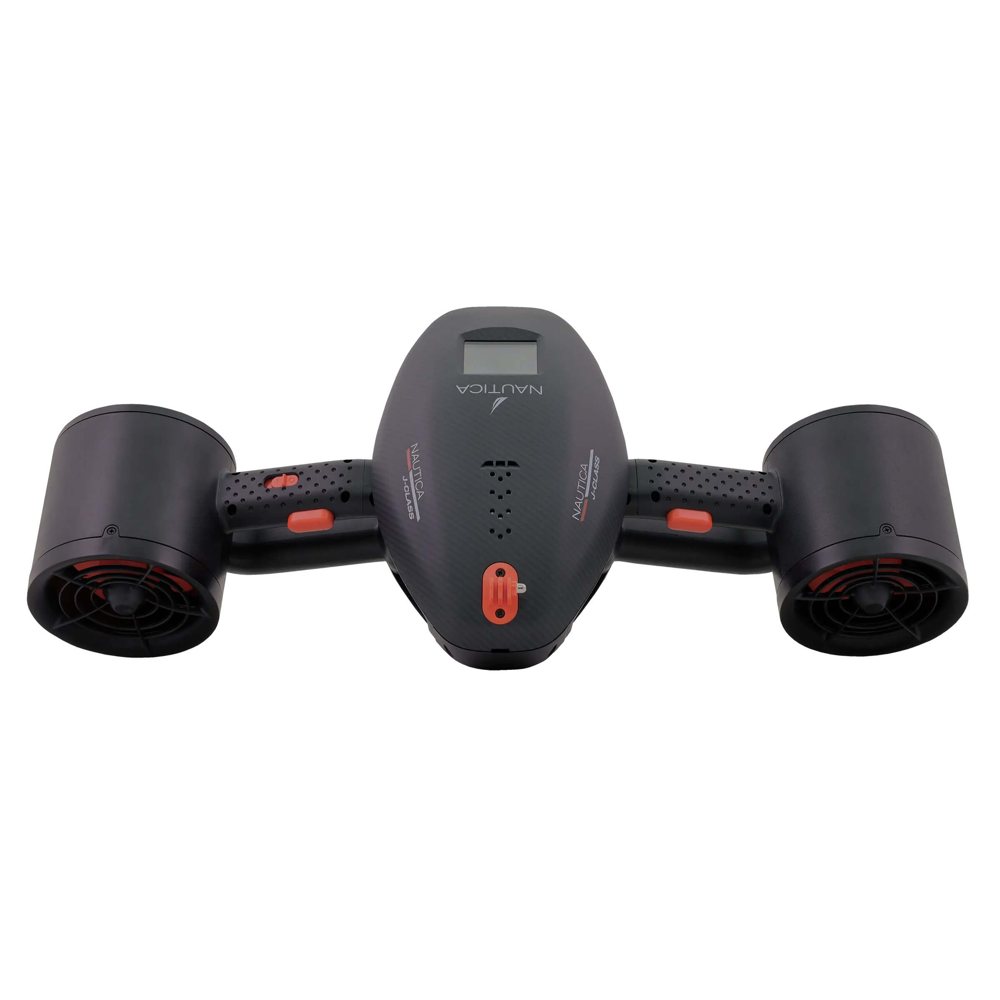 Nautica J-Class Seascooter
Nautica J-Class Seascooter
- Price A$ 1,499.00
-
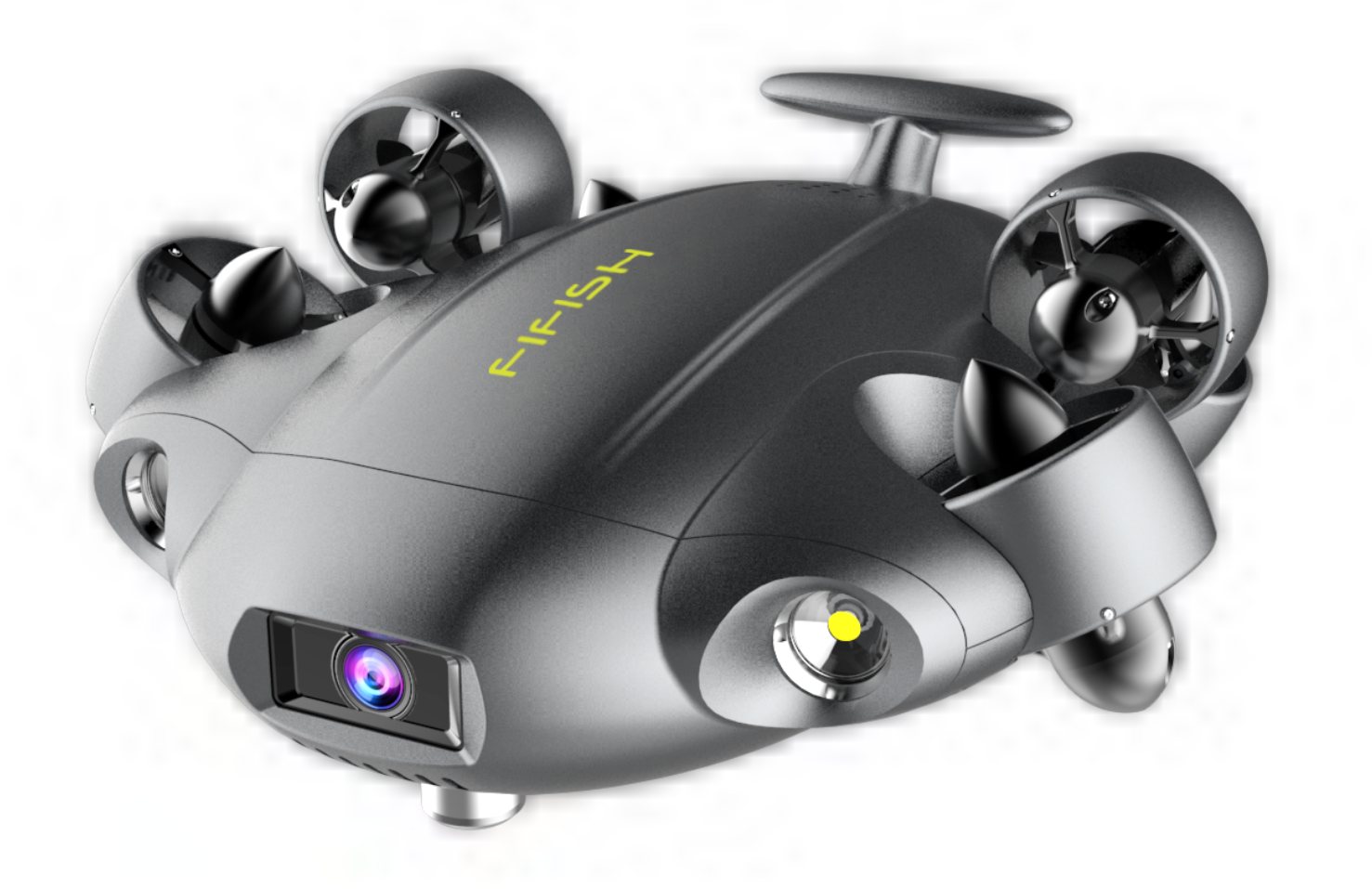 QYSEA Fifish V6 Expert - Underwater Modular Drone Kit
QYSEA Fifish V6 Expert - Underwater Modular Drone Kit
- Price A$ 4,999.00
-
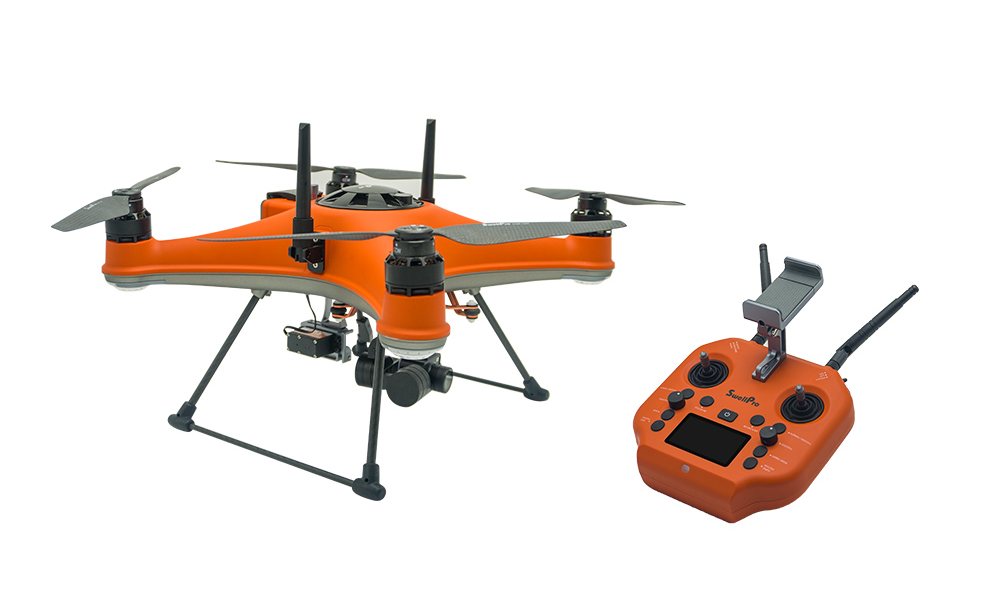 Swellpro SplashDrone 4
Swellpro SplashDrone 4
- Price A$ 2,999.00
-
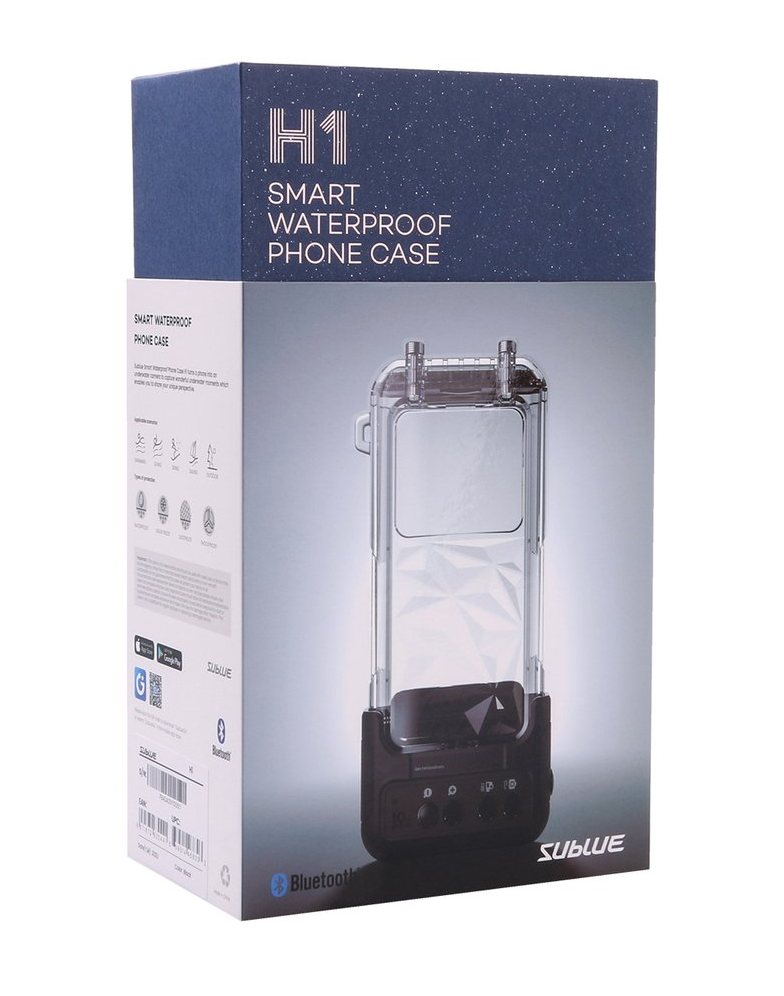 Smart Waterproof Phone Case H1
Smart Waterproof Phone Case H1
- Price A$ 189.00
-
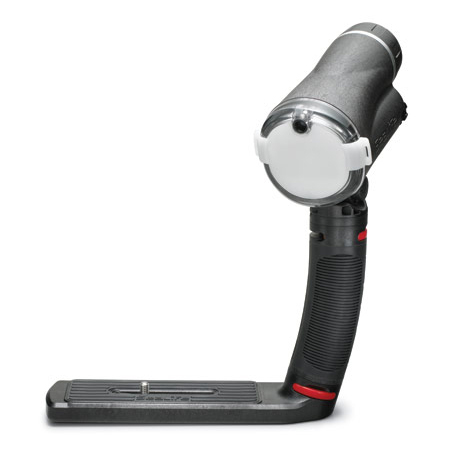 Sealife Sea Dragon Flash - Strobe
Sealife Sea Dragon Flash - Strobe
- Price A$ 699.00
In the Directory




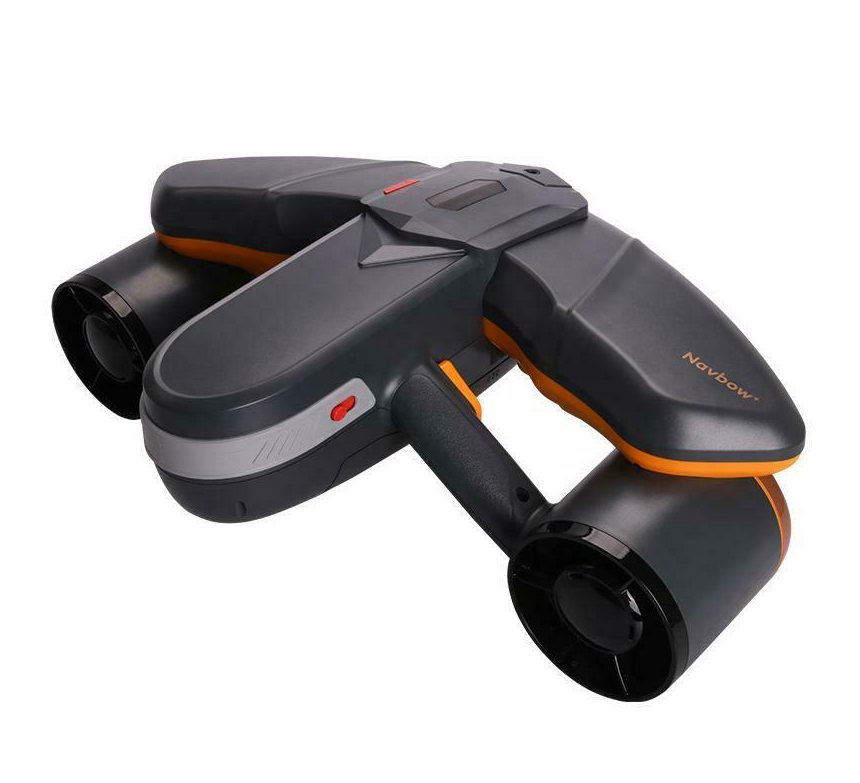

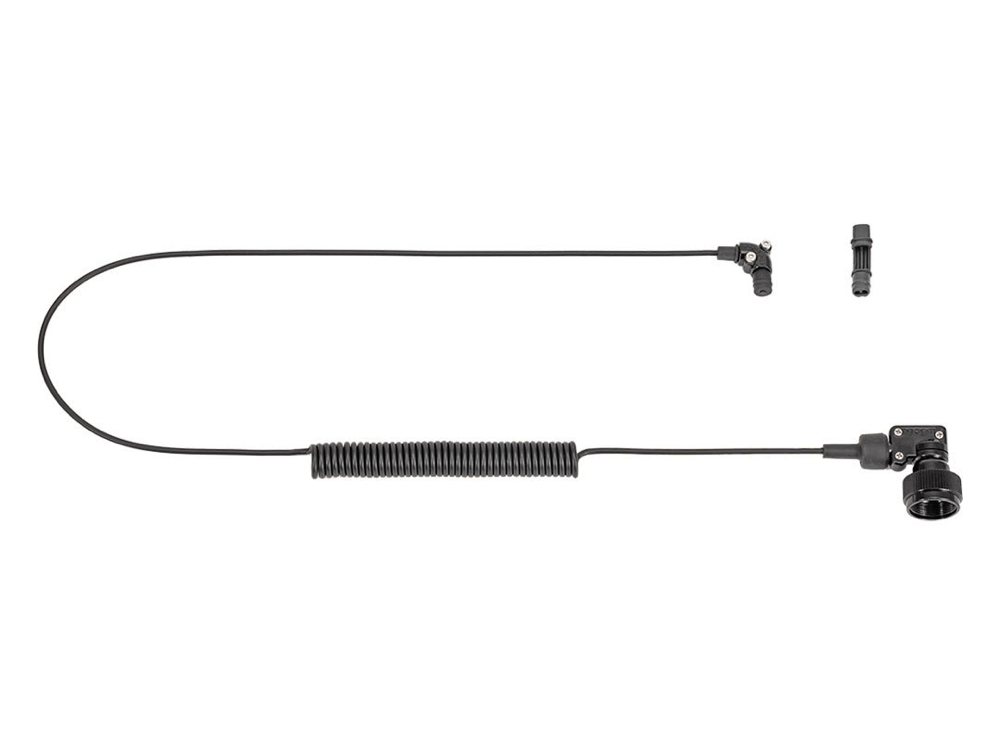

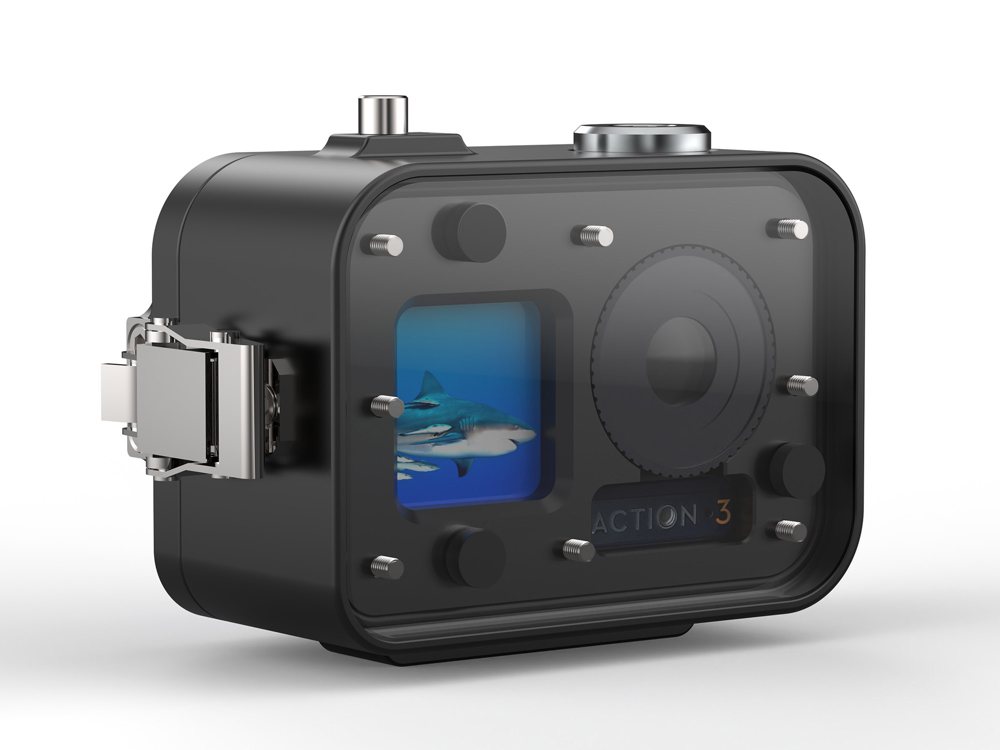
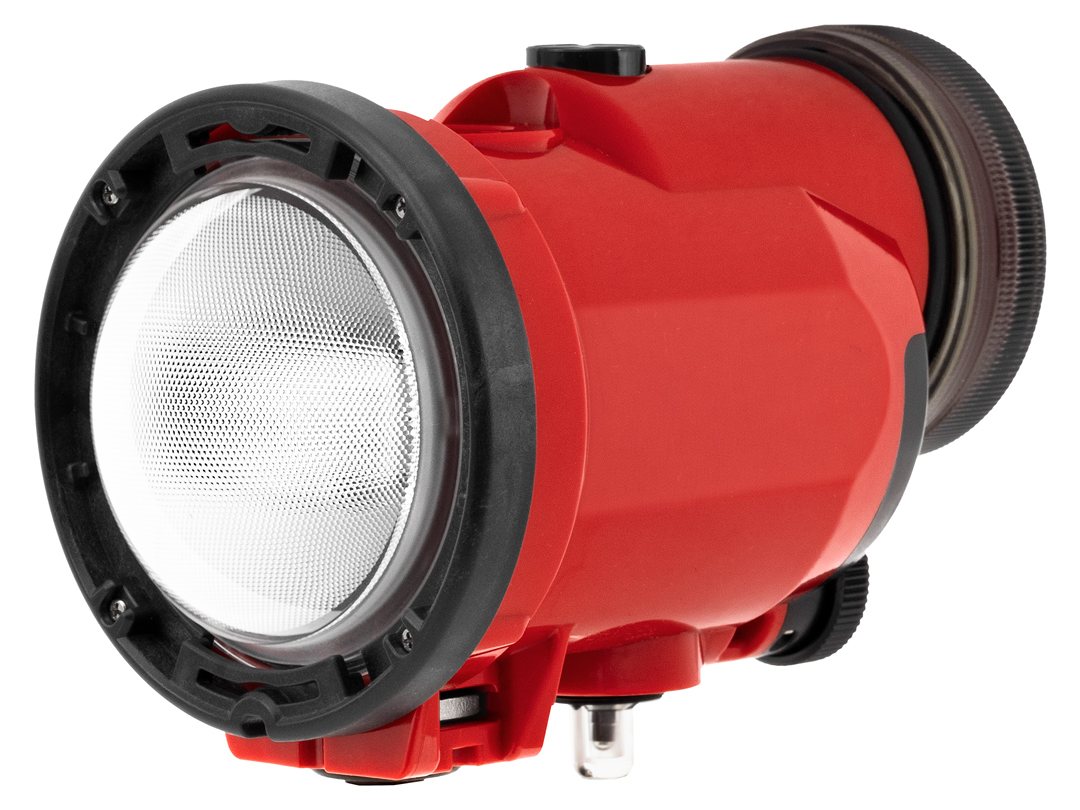
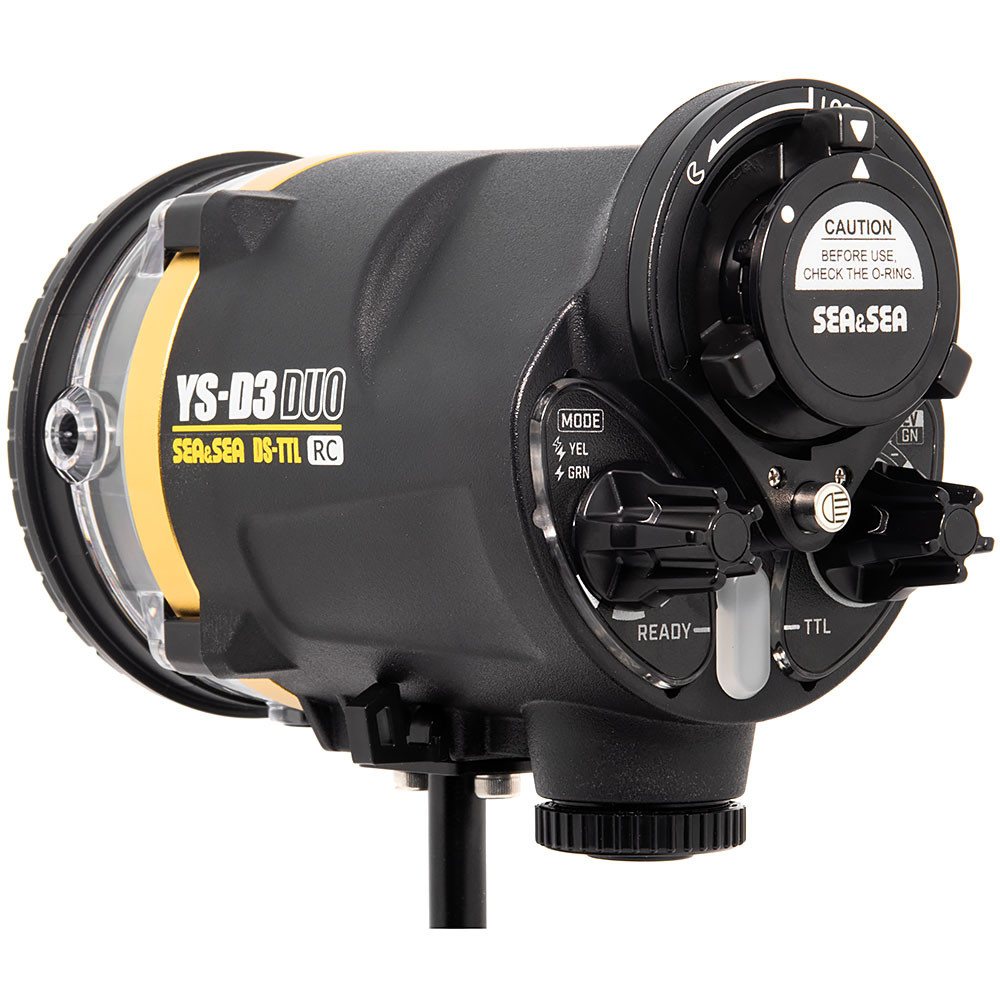



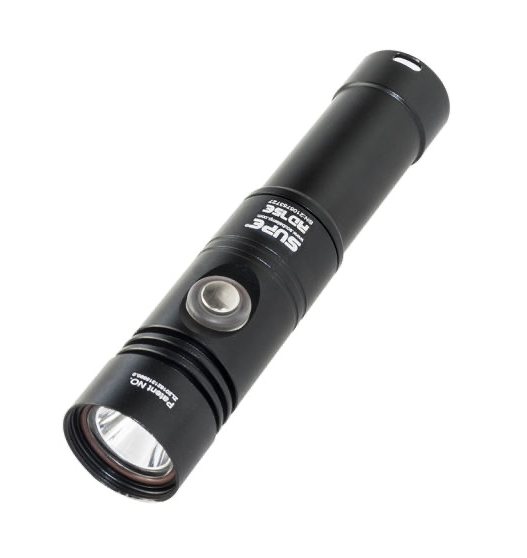 SUPE Scubalamp RD75E LED Recreational Diving Torch - 1200 lumens
SUPE Scubalamp RD75E LED Recreational Diving Torch - 1200 lumens 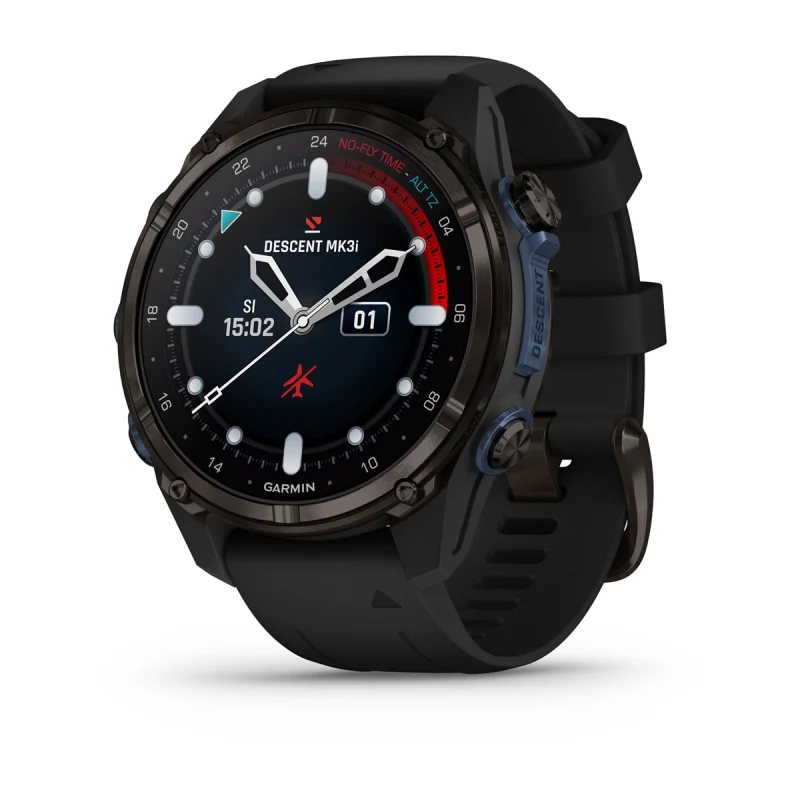 Garmin Descent Mk3i Watch Dive Computer - 43 mm, titanium with silicone band
Garmin Descent Mk3i Watch Dive Computer - 43 mm, titanium with silicone band  AOI UH-UPL10R Underwater Housing for Olympus Pen E-PL9/E-PL10 - NEW VERSION
AOI UH-UPL10R Underwater Housing for Olympus Pen E-PL9/E-PL10 - NEW VERSION 


